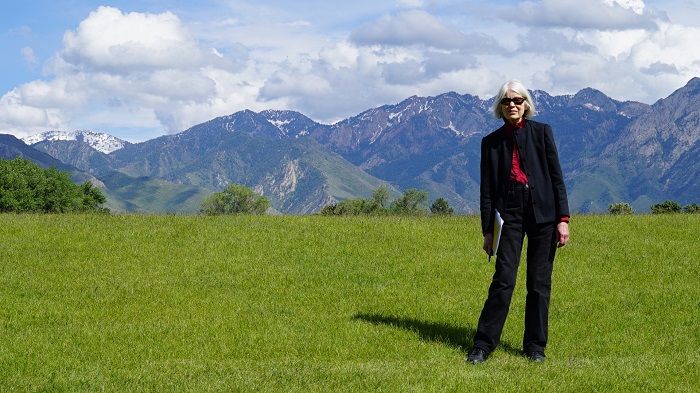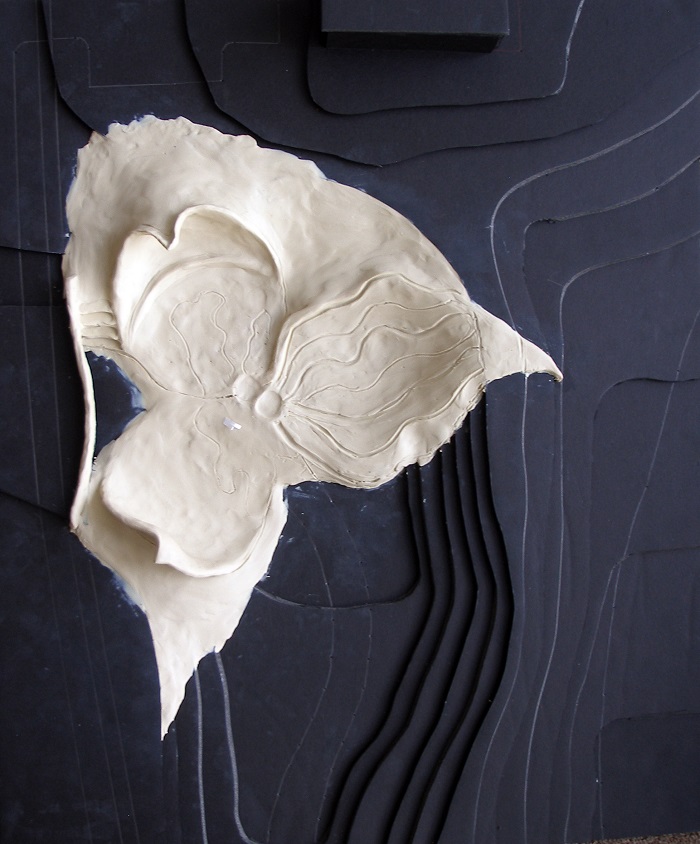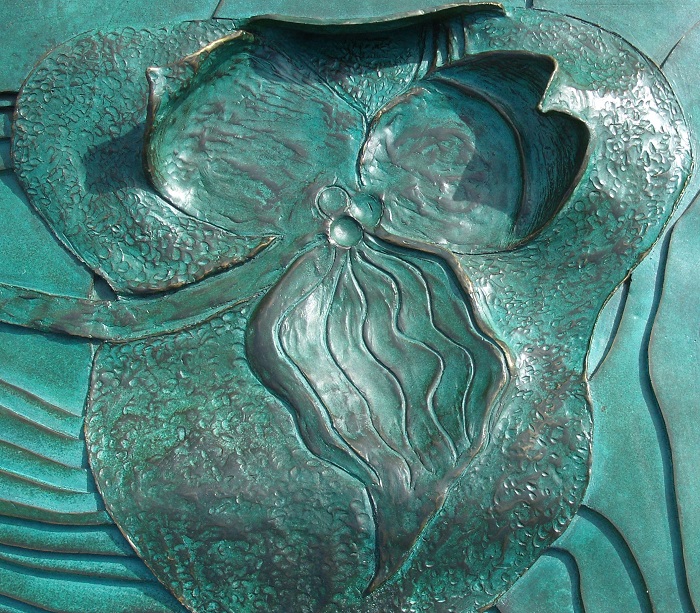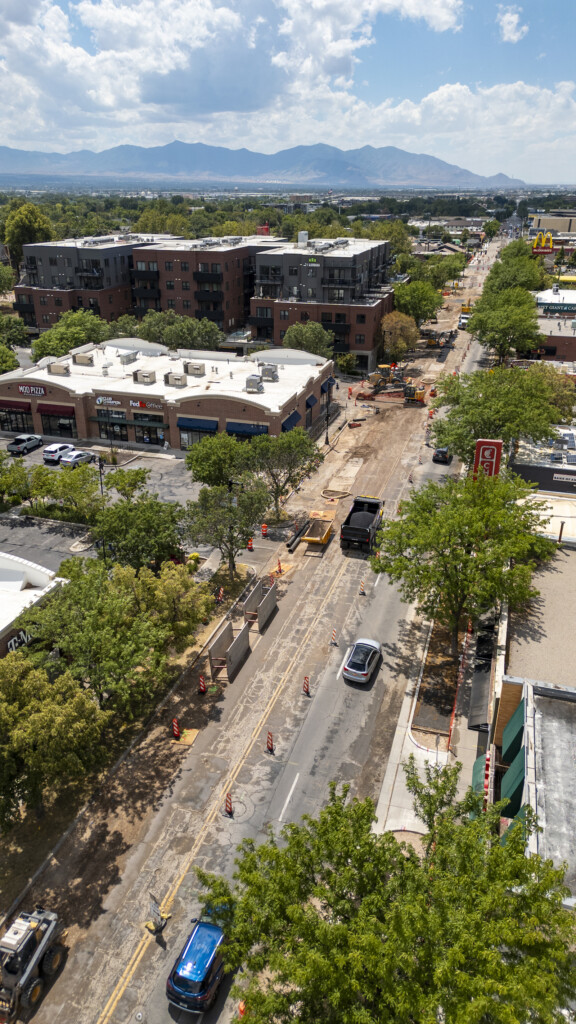
This year, the Utah legislature designated Robert Smithson’s Spiral Jetty as an official State Work of Art. When we think of earth art, names of early pioneers in the field like Robert Smithson or Nancy Holt come to mind, but more and more people will be talking about Patricia Johanson in the coming months.
Johanson’s public installation at Sugar House Park, titled Sego Lily, will be completed in November. She is known for her large-scale artistic designs that achieve what so many other artists working in the medium strive to capture: complete environmental integration. For earth art geeks, it’s the best kind of installation—so simple in the way we visually and physically experience it, that we forget or are completely unaware of the sheer volume of research, attention to detail, and environmental sensitivity that go into the design and construction.
 The Sego Lily plaza is part of the larger work in the area known as The Draw, which includes major sculptural elements west of 1300 East that were completed several years ago. There’s a slot canyon, which the artist’s website notes, “incorporates Parley’s Trail, food, habitat, and water for wildlife, [and] an historical narrative.”
The Sego Lily plaza is part of the larger work in the area known as The Draw, which includes major sculptural elements west of 1300 East that were completed several years ago. There’s a slot canyon, which the artist’s website notes, “incorporates Parley’s Trail, food, habitat, and water for wildlife, [and] an historical narrative.”
This work is multifaceted because it not only satisfies an artistic itch, but it functions as a spillway in the case of flooding and is an important piece of pedestrian transportation infrastructure. When complete, the installation will allow water that spills out of the retention pond in Sugar House Park to collect in the catch basin that is Sego Lily, then flow below 1300 East, with its eight lanes of busy traffic, and end up flowing into Parley’s Creek in Hidden Hollow. This work is believed to be the only public art in the nation that is also an integral part of an urban flood control system.
During the design of The Draw, Sugar House leaders learned that 1300 East is a registered dam. As a result, the Bureau of Reclamation had to sign off on Johanson’s design to ensure the function of the dam would not be compromised.


Earth Art, also called Land Art or Earthworks, is a largely American-inspired art form. It developed as a reaction to the rampant commercialization of art in the 1960s, and coincided with the birth of the environmental movement in the U.S. Earth art’s early pioneers were inspired by minimalism and conceptual art. However, as the movement has evolved, it has integrated important lessons beyond purely the aesthetic and conceptual abstractions from those early movements, and has embraced the relationship between people and the urban environments in which we live.
You don’t have to travel to the earth art installations of James Turrell or Christo to experience an elegant urban solution that brings together the critical elements of engineering, sculpture, flood control, wildlife habitat, and the environment. It’s right in our backyard, and accessible to thousands of residents and visitors. And it will be open to everyone very soon.
To learn more about Patricia Johanson’s work.




